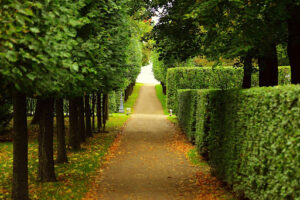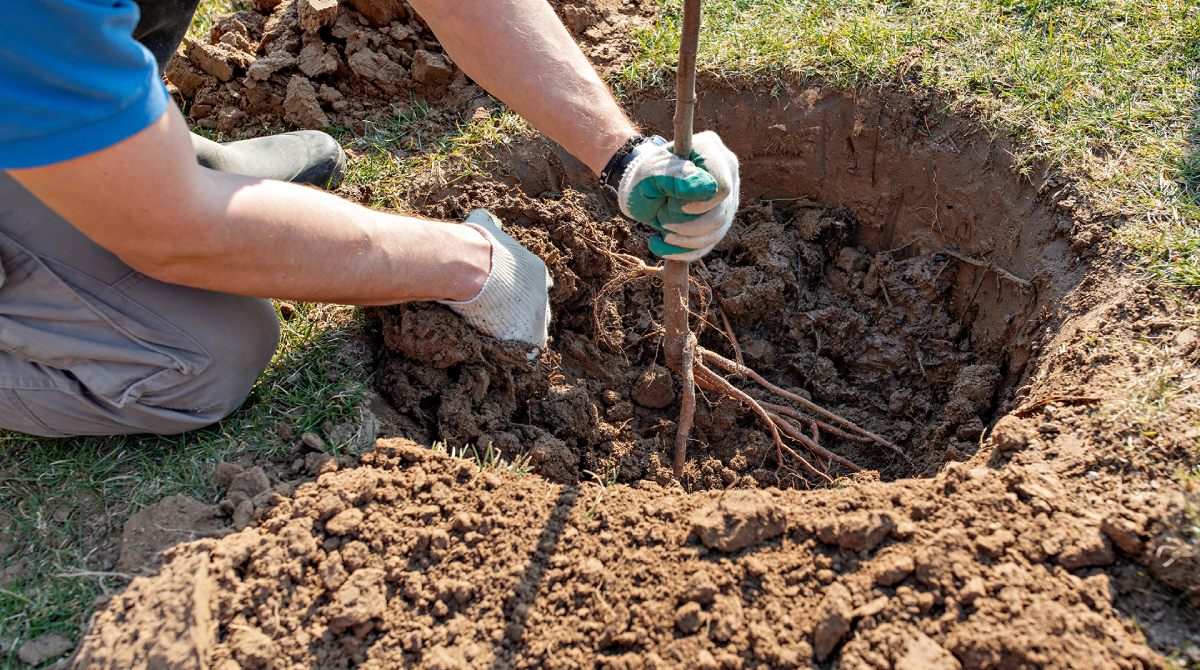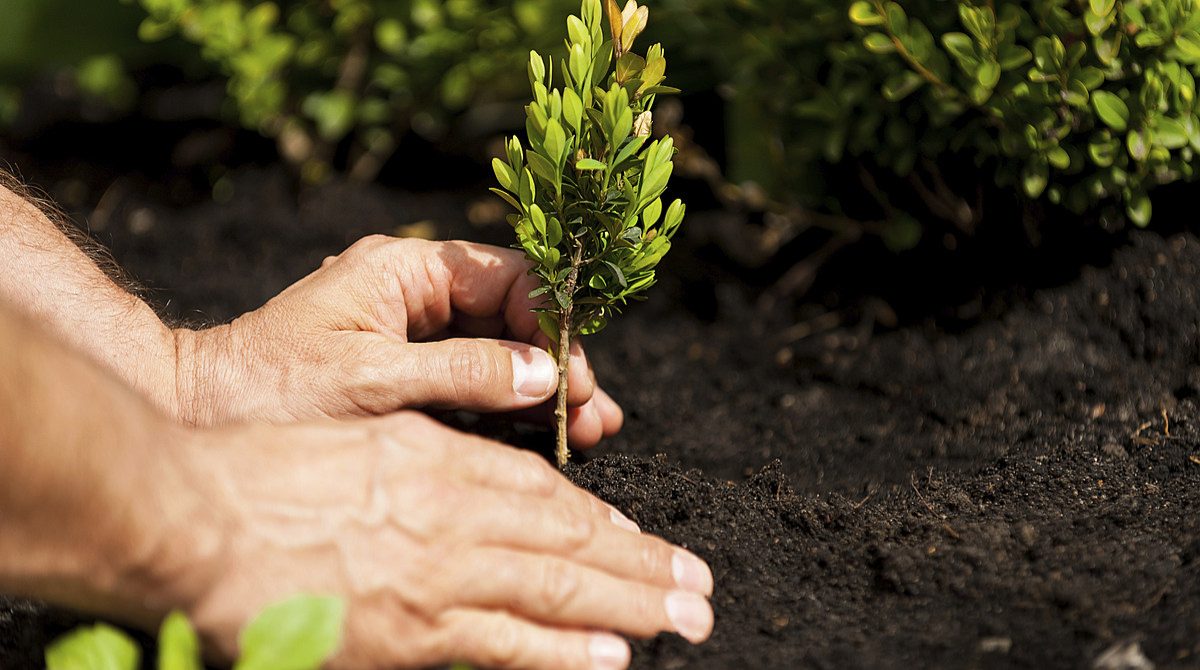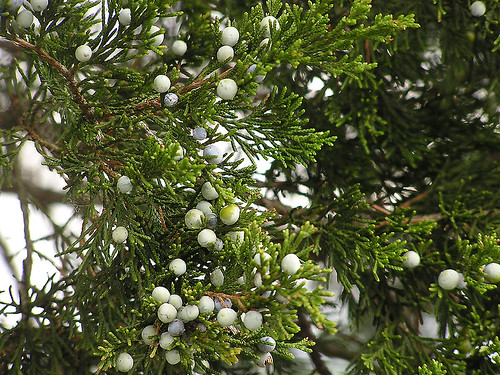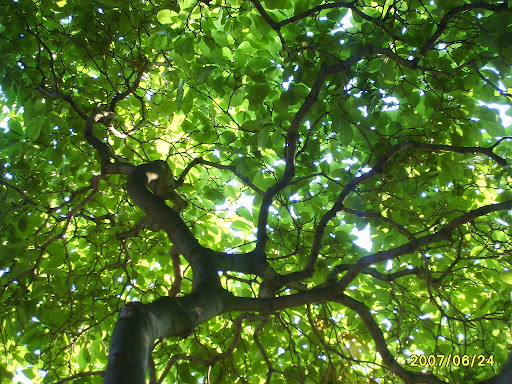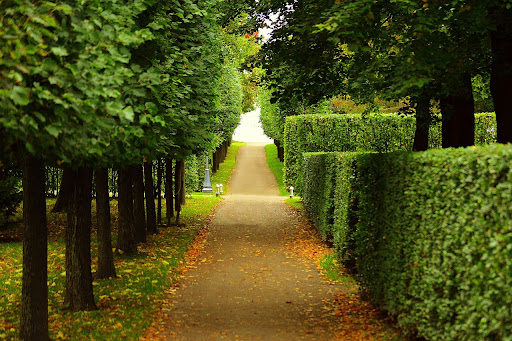
Date September 25, 2023
Before homeowners start hacking away at the tree in their front yard, learning the science behind proper tree trimming or pruning is vital. Trimming too much or during the wrong season can cause long-lasting harm to trees, putting them at risk of disease or infestation. Keep reading to learn the art and science that goes into pruning and maintaining the shape and health of trees.
What Is the Science and Art Behind Tree Trimming?
Image via Pixabay by islandworks
More goes into tree maintenance than watering them and ensuring they’re getting plenty of nutrients. Trimming is an essential part of promoting new growth and shaping trees. There are two main types of tree trimming: light pruning and heavy trimming. Homeowners can schedule light pruning any time during the year, while heavy trimming happens during specific time frames.
While it might seem backward, tree trimming can foster new growth. Removing a branch or limb lets a tree reallocate its resources to other parts of the tree, usually resulting in new shoots and buds. Cutting at an angle and leaving a small collar around the base of each branch can ensure that each trim promotes the health of the tree rather than putting it at risk for disease or pests.
What Are the Benefits of Tree Trimming?
While tree trimming can affect tree health, it also:
- Increases sunlight to other branches and offshoots.
- Protects homes and other property.
- Allows sunlight to reach other, shorter plants.
- Prevents pests and disease.
- Protects family and friends from harm.
- Enhances the overall look of a property.
When Should Homeowners Get Their Trees Trimmed?
The season plays a hefty role in tree trimming. Various ideal timeframes for pruning can either foster new growth during the next growing season or limit it to promote growth in specific areas. The following information can help homeowners determine when to get their trees trimmed:
- Late fall or winter: If they want their trees to bloom with new growth when springtime rolls around, scheduling heavy trimming during the late fall or winter is best.
- Late spring: If they don’t want certain parts of a tree to grow further, trimming in late spring after all the new growth can help limit growing points. Arborists do this to help trim trees to the desired fullness and shape.
Do You Need Your Trees Trimmed?
If you’re looking to have your trees trimmed and want the experts to handle it, the team at TreeNewal is here to help. Our team of ISA-certified arborists can handle all your trimming and pruning with expert precision. We can also help with the long-term care of your trees to ensure they provide shade and curb appeal for your property for years to come. Contact us today for an ISA-certified arborist consultation, and we’ll talk about your tree goals and trimming needs. We look forward to helping you out soon.
